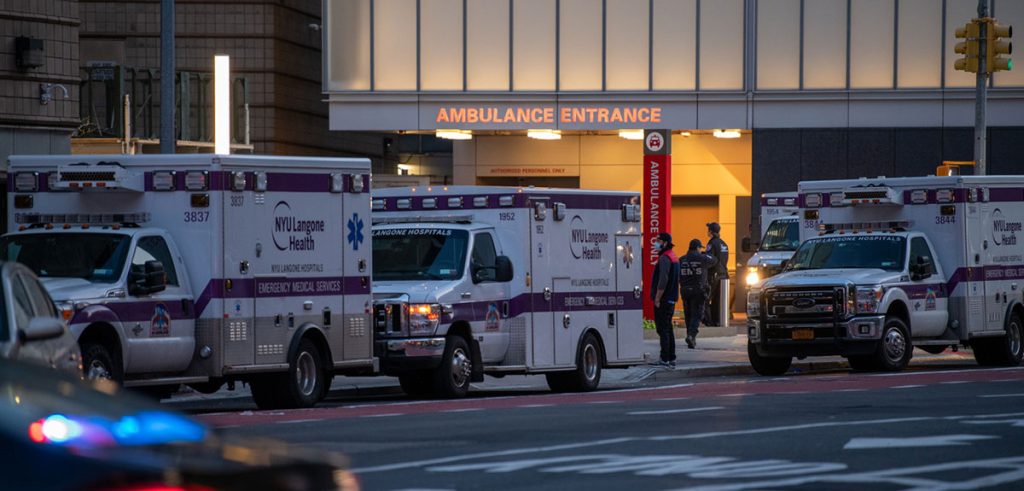COVID-19, with more than 575,000 American deaths in just over one year, has shown just how dangerous a lack of broadly dispersed, readily available healthcare can be to the health and safety of the United States. It was not just the dearth of ICU beds, PPE, and the like, but also the lack of local infrastructure to test, track and treat all manner of health threats in the face of a pandemic. As a result, millions of people lost loved ones or found themselves, family, or friends dealing with profound, long-term health issues from COVID-19. What’s more, many individuals who never contracted COVID-19 still suffered medical setbacks as a result of avoiding medical care — even in emergency situations — for fear of contracting COVID-19 in the hospital. The economy came to a standstill as well, and businesses of all sizes that were thriving pre-pandemic failed; many will never recover.
What played out over the last year for so many families, not to mention the entire U.S. economy, was, at its core, the catastrophic failure of the current healthcare system to address the needs of the nation. The COVID-19 pandemic exposed the shortcomings of the highly centralized healthcare system, and the security of the nation was and continues to be compromised by it, as much as by any other threat. What is healthcare if not the protection of the lives, health, and livelihoods of our nation’s populace? National security and healthcare are two sides of the same coin.
Though we continue to make progress in containing this particular virus, others lie in wait, and the underlying gaps in the system remain. Despite the security implications, waiting for Washington D.C. to solve this very solvable problem has been a Godot-inspired exercise — which leaves private enterprise to fill the gap. But how?
Local Distribution
One promising method, which some healthcare providers, physicians, and real estate developers are betting on, is distributing hands-on healthcare from smaller, more localized emergency centers (5,000-15,000 sq. ft. facilities), or micro-hospitals (15,000-30,000 sq. ft. facilities) that serve local communities. These facilities can provide telemedicine and urgent care that address more typical patient needs; free up bed space in the larger hospital facilities to deal with severe and long-term in-patient needs; and bring more immediate local care and access to a broader population. The more of these small healthcare facilities that can be dispersed in communities across the country, the greater will be our capability to deal with, and not be overwhelmed by, national emergencies.
Rather than going into a large hospital emergency department, where there is often a backlog of sick/injured patients in the waiting area, a patient can go to a nearby corner facility. With little-to-no wait time, the patient can see their neighborhood emergency or primary care physician and receive treatment. Throughout this process, they will be exposed to very few people and they will spend a fraction of the time. These services can cost far less than traditional hospital-based care, though they are provided by the same type of board-certified physicians and qualified staff that hospitals employ. These smaller facilities do not have the burdensome overhead of a large hospital, they have less staff and service redundancy, and they feel more personal and welcoming due to their local roots. With access to 24-hour telemedicine care, and perhaps even house calls from that same local facility, care becomes more convenient, more immediate, more accessible, and less expensive.
Funding
Many large organizations are focused on the technological side of improving patient care and lowering costs through apps, improved electronic medical records, and portable home medical devices. A tremendous amount of funding is rightfully flowing into these efforts. Nevertheless, until the cost, convenience, and accessibility of actual hands-on care are addressed, serious health-based threats will remain a national security risk.
One hopes that the obvious commercial potential of these new, entrepreneurial businesses continues to attract more and more investors. The pioneers in these new healthcare delivery models are leading the way to long-needed changes. Government can follow, as soon as Godot arrives.






